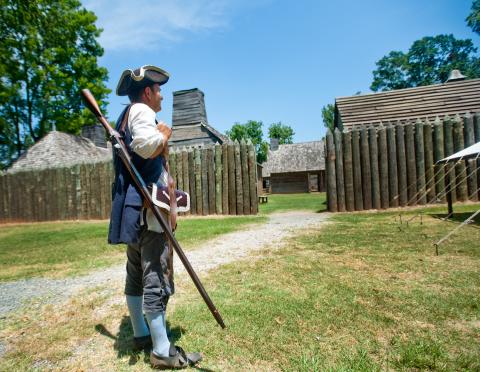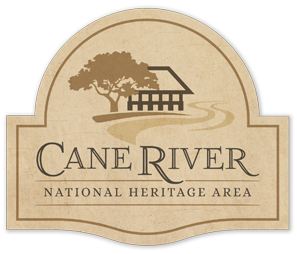
From strategic fortifications to battlefields, this area is home to a plethora of military sites that offer a unique and enriching experience for history enthusiasts. We invite you to discover the military history of the Cane River National Heritage Area, as we explore the Grand Ecore Visitor Center, Mansfield State Historic Site, Los Adaes State Historic Site, Fort Jesup State Historic Site, Fort St. Jean Baptiste State Historic Site, and the Cane River Creole National Historical Park.
Grand Ecore Visitor Center
Our journey begins at the Grand Ecore Visitor Center, where the stories of the region's military past come to life. Discover the strategic importance of the Red River during the Civil War and learn about the battles fought along its banks. Through informative exhibits and engaging displays, the visitor center offers a glimpse into the significance of this waterway in shaping the area's military history.
Mansfield State Historic Site
Step back in time at the Mansfield State Historic Site, which played a pivotal role in the Civil War. Immerse yourself in the history of the Red River Campaign, one of the largest military engagements west of the Mississippi River. Explore the battlefield, visit the museum, and gain insights into the strategies employed during this decisive Confederate victory.
Los Adaes State Historic Site
Continue your exploration of military history at the Los Adaes State Historic Site, a place steeped in the stories of Spanish colonialism and the early struggles for control of North America. This once-thriving Spanish fort served as the capital of Texas and a significant military outpost. Learn about the clashes between Spanish and French forces, and delve into the cultural exchange that took place with Native American tribes.
Fort Jesup State Historic Site
Journey to the Fort Jesup State Historic Site, where history enthusiasts can discover the crucial role this fort played in securing the southwestern border of the United States in the early 19th century. Explore the preserved barracks, officer's quarters, and other buildings that offer a glimpse into the daily lives of soldiers during the Mexican-American War. Gain a deeper appreciation for the strategic significance of this outpost during a critical period in American history.
Fort St. Jean Baptiste State Historic Site
Experience the colonial era at the Fort St. Jean Baptiste State Historic Site. Built in 1716, this reconstructed French fort highlights the military heritage of Louisiana. Stroll through the fort's grounds, admire the architecture, and learn about the challenges faced by French soldiers defending their trade interests. Gain a deeper understanding of the cultural and historical exchange between European settlers and Native American tribes.
Cane River Creole National Historical Park
Concluding our journey, we arrive at the Cane River Creole National Historical Park, which preserves the cultural and architectural heritage of the region. While not primarily focused on military history, this park provides a window into the lives of Creole plantation owners and the impact of the Civil War on their way of life. Explore the historic plantations, such as Oakland and Magnolia, and learn about the complexities of the antebellum South. The military history of the Cane River National Heritage Area is a testament to the region's rich past and the significant role it played in shaping the United States.
From the strategic battles along the Red River to the colonial clashes at forts, each site offers a unique and immersive experience for history enthusiasts. Whether you're a seasoned historian or simply curious about the past, a visit to these military sites in the Cane River National Heritage Area is a journey well worth embarking upon. Come and discover the stories, honor the sacrifices, and gain a deeper appreciation for the legacy of these remarkable historical sites.













